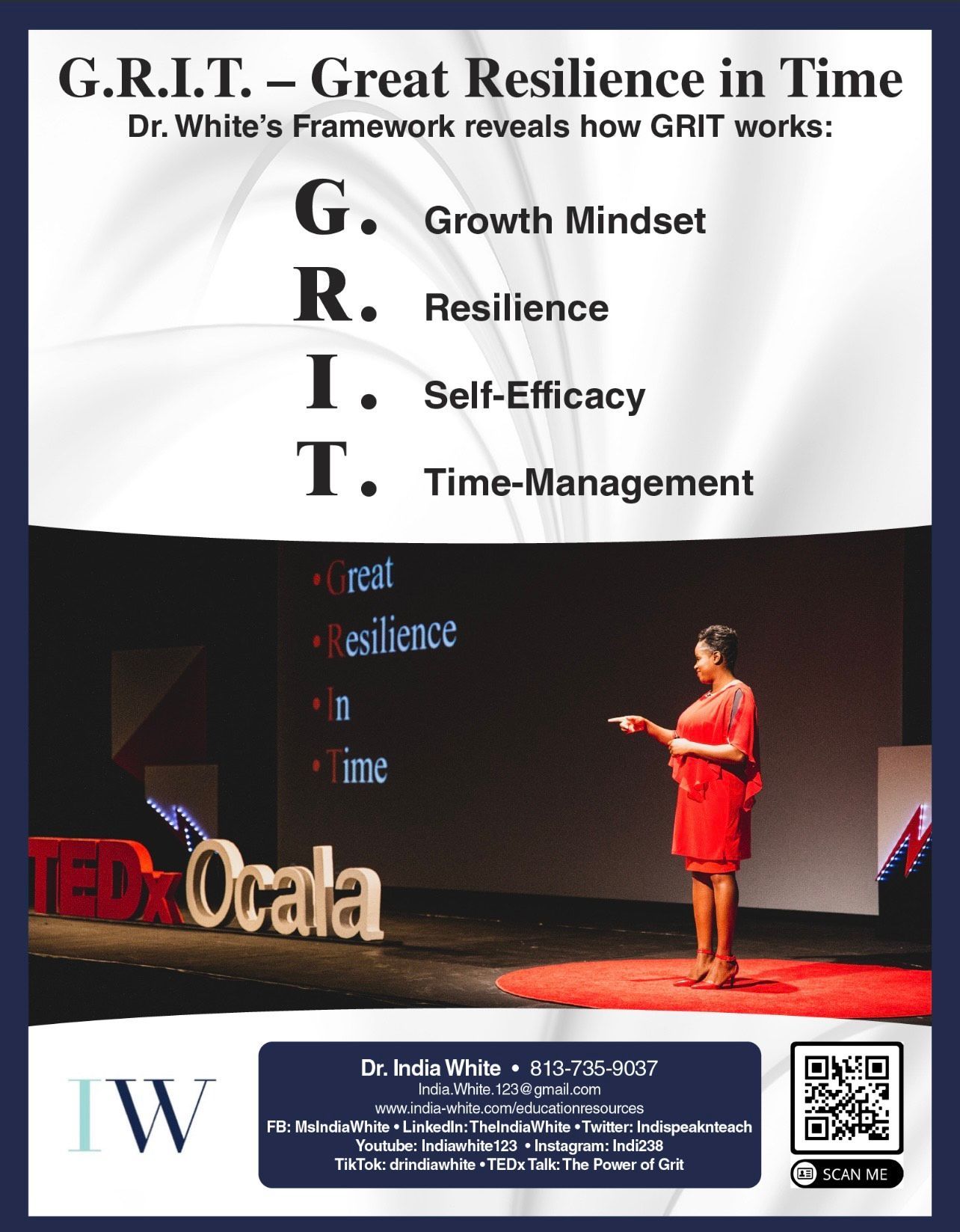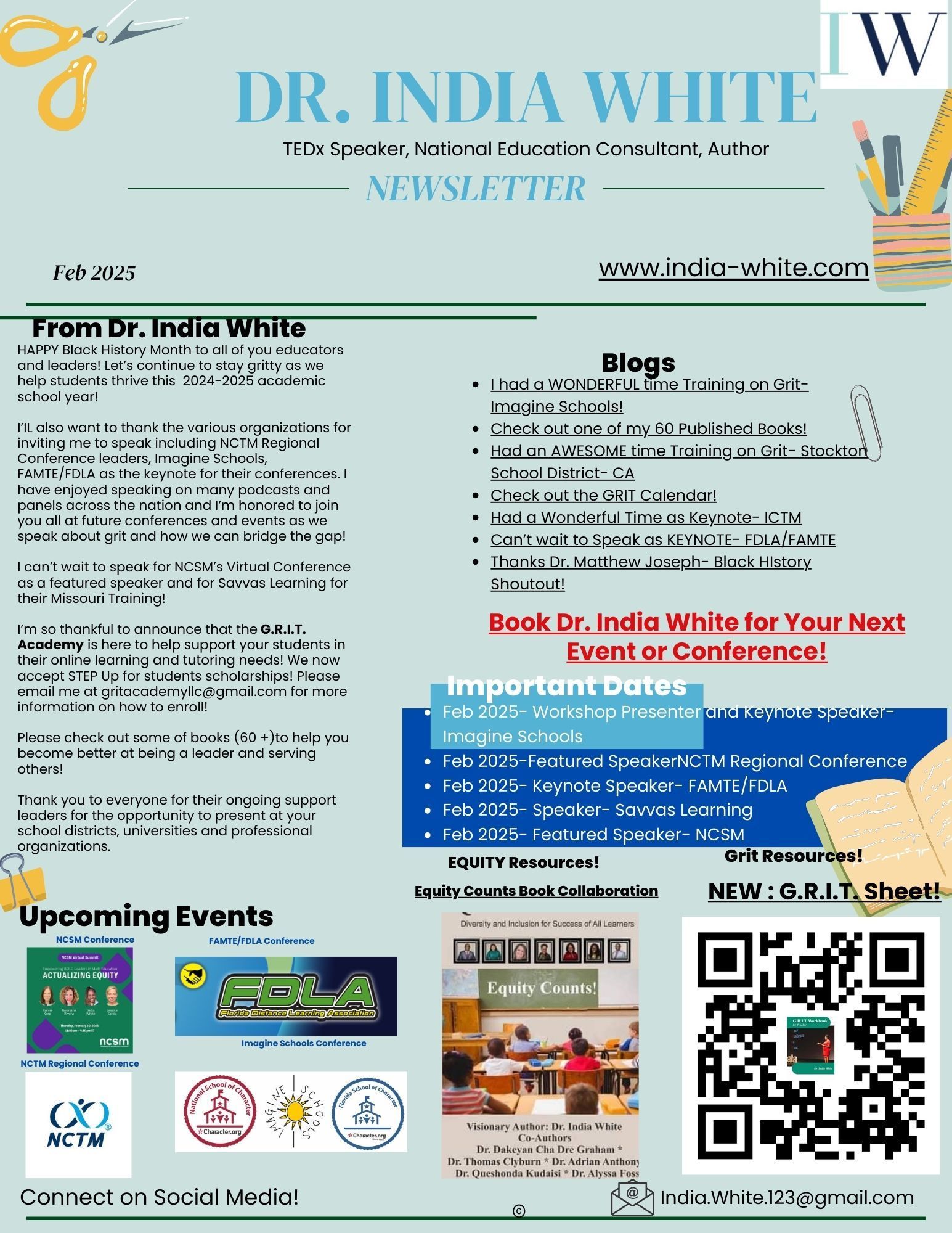Blog Layout
5 Tips for Cultivating Grit through Culturally Relevant Math Tasks
India White • October 18, 2024
5 Tips for Cultivating Grit through Culturally Relevant Math Tasks

5 Tips for Cultivating Grit through Culturally Relevant Math Tasks
Building grit in students, particularly through culturally relevant math tasks, empowers them to face challenges with determination and resilience. Using Dr. India White’s G.R.I.T. framework (Growth Mindset, Resilience, Self-Efficacy, and Time Management) alongside strategies from Dr. Shelly Jones, Dr. Lou Matthews, and Dr. Yolanda Parker’s work on culturally relevant math tasks, here are five tips for teachers to help students develop grit while fostering an inclusive learning environment.
1. Connect Math to Students' Cultural Experiences
Culturally relevant math tasks connect the material to students’ real-world experiences, making it more meaningful and engaging. For example, when teaching fractions or ratios, incorporate examples that relate to cooking traditions, local architecture, or cultural festivals. By linking math to familiar contexts, students from diverse backgrounds can see themselves in the learning process, encouraging them to stay motivated and persevere through difficult problems.
2. Foster a Growth Mindset through Real-Life Problem Solving
Encourage students to see challenges as opportunities for growth by using culturally relevant math tasks that involve real-life problem solving. For instance, students can analyze community-related issues, such as creating budgets for a local event or comparing statistics on local environmental trends. When students understand that their efforts can lead to tangible outcomes, they are more likely to develop a growth mindset, believing that with effort, their math skills will improve.
3. Encourage Resilience by Highlighting Cultural Role Models
Incorporate stories of cultural role models who have demonstrated resilience in the face of adversity. Share examples from diverse mathematicians, scientists, or community leaders who faced challenges similar to the ones your students might experience. By seeing how others have overcome obstacles, students are inspired to stay resilient when facing their own difficulties in math. This not only builds grit but also provides representation in math, motivating students to push through setbacks.
4. Use Collaborative Group Work to Build Self-Efficacy
Collaboration can be a powerful tool in building self-efficacy and grit. Organize group projects where students from different backgrounds bring their unique perspectives to solve complex, culturally relevant math tasks. For example, have groups work on projects such as designing a community garden layout or analyzing trends in local transportation data. By working together and sharing knowledge, students gain confidence in their abilities, knowing that their contributions matter, and they’re capable of solving real-world problems.
5. Teach Time Management through Structured, Culturally Relevant Tasks
Managing time effectively is crucial for developing grit. Help students build this skill by structuring culturally relevant tasks with clear deadlines and benchmarks. Break down larger problems into smaller, manageable steps, and provide timelines for each part of the task. For example, students working on a project related to local business data can be guided through stages—data collection, analysis, and presenting solutions. Encouraging students to set mini-goals and stay organized empowers them to manage their workload effectively, promoting persistence and success.
By integrating culturally relevant math tasks into your teaching and applying the G.R.I.T. framework, you not only foster grit but also create a more inclusive and engaging learning environment for all students. These approaches help students overcome challenges and become more confident problem solvers, prepared to succeed both in math and in life.
Slide title
Write your caption hereButton
Slide title
Write your caption hereButton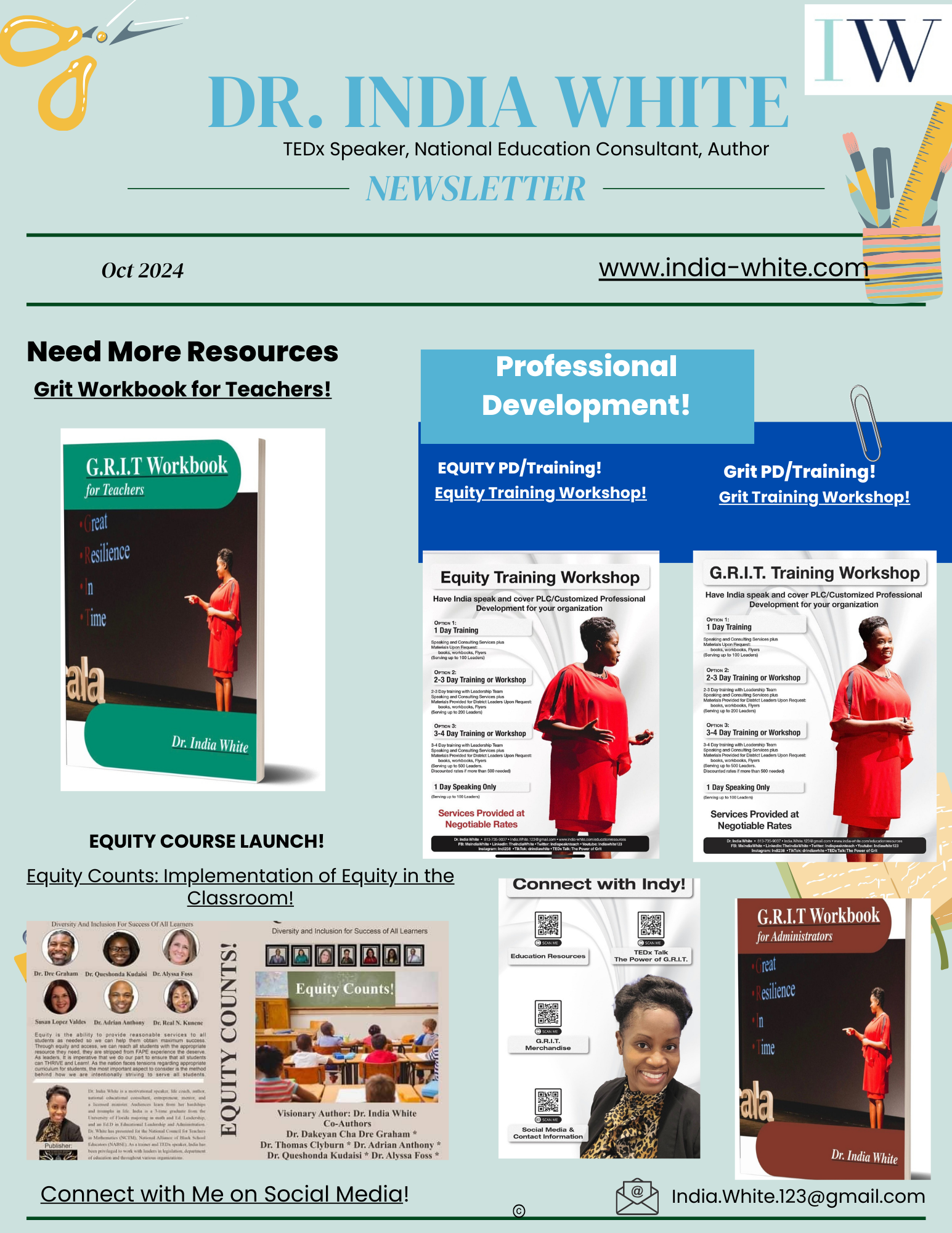
Slide title
Write your caption hereButton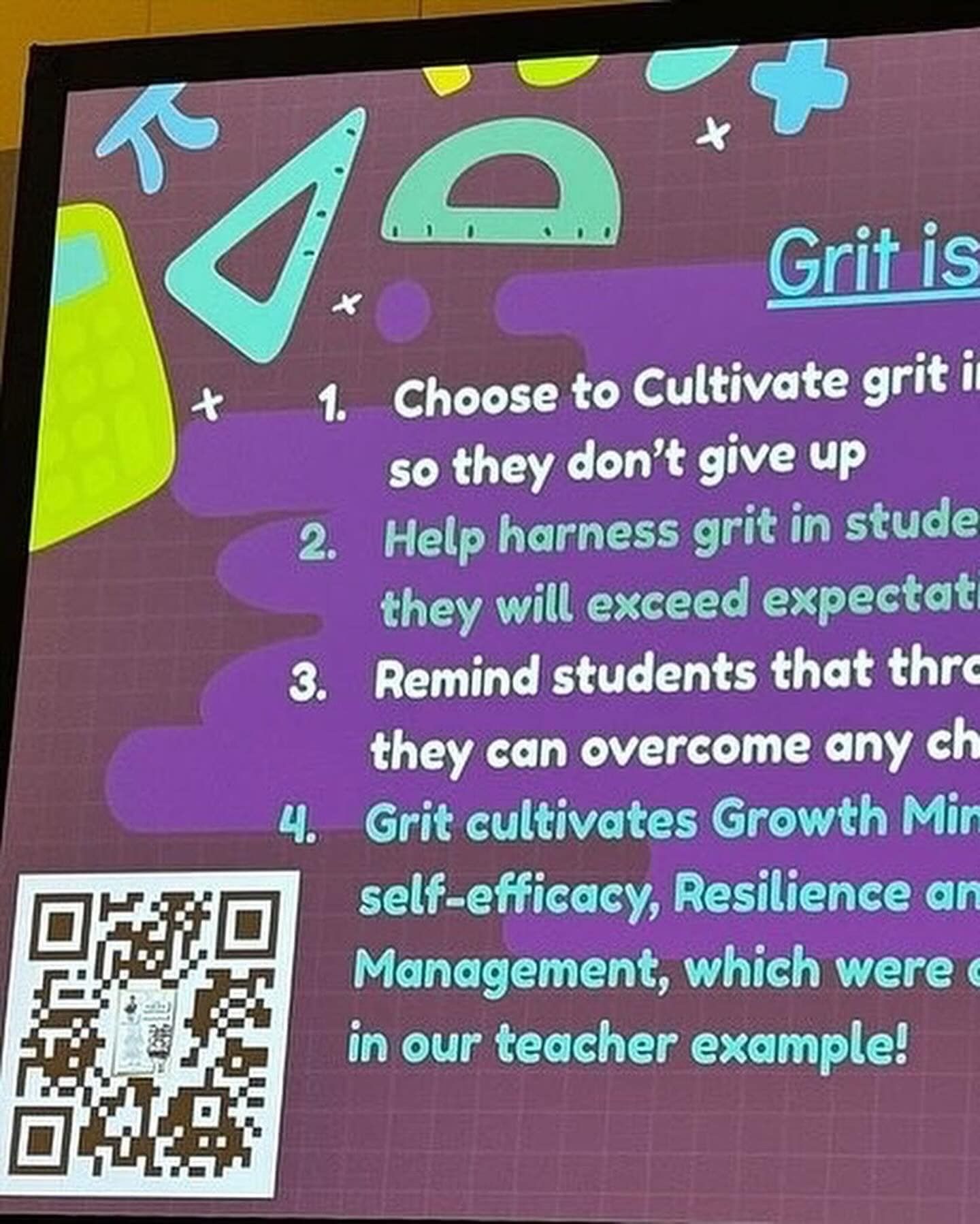
Slide title
Write your caption hereButton
Slide title
Write your caption hereButton
Slide title
Write your caption hereButton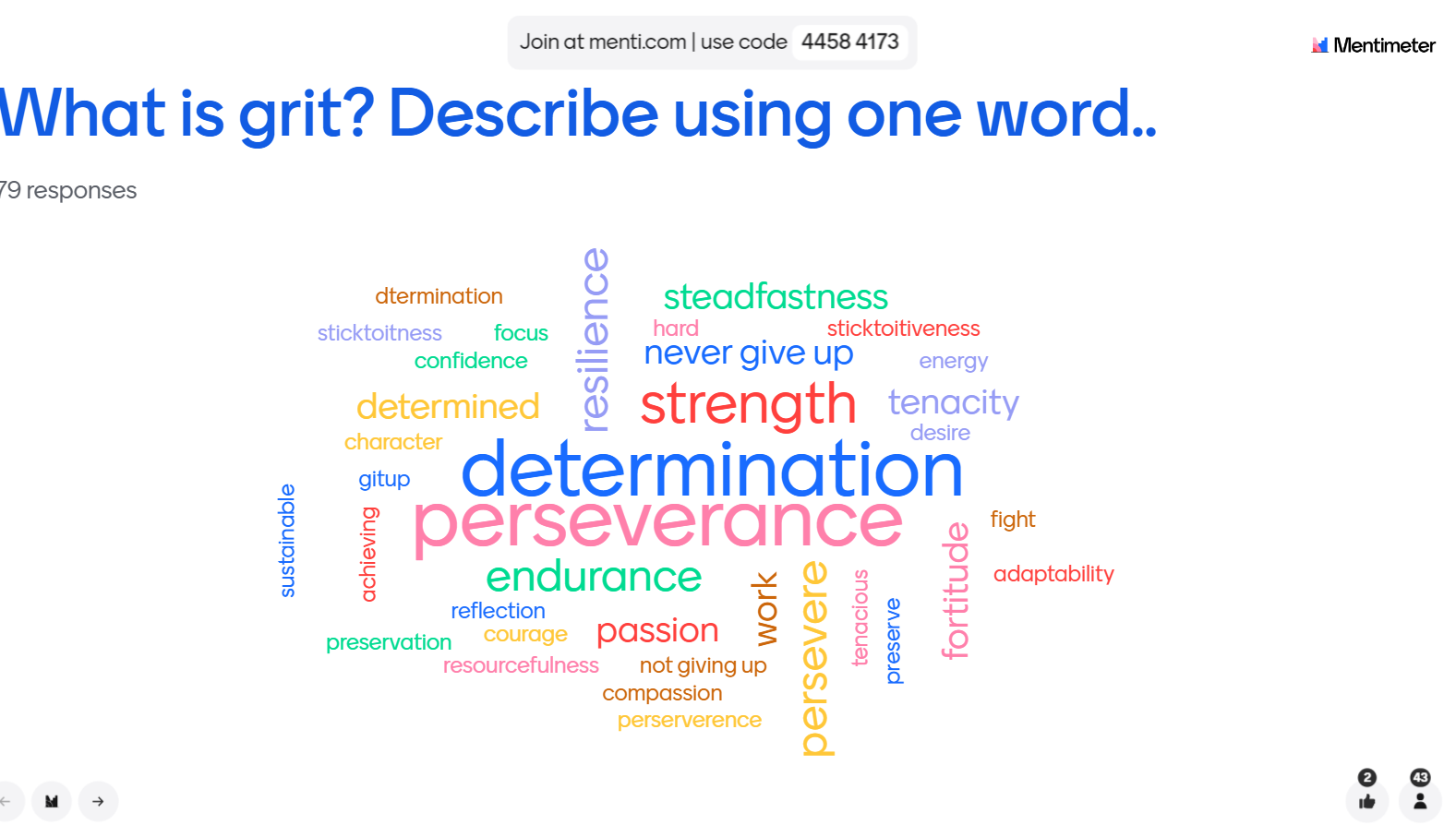
Slide title
Write your caption hereButton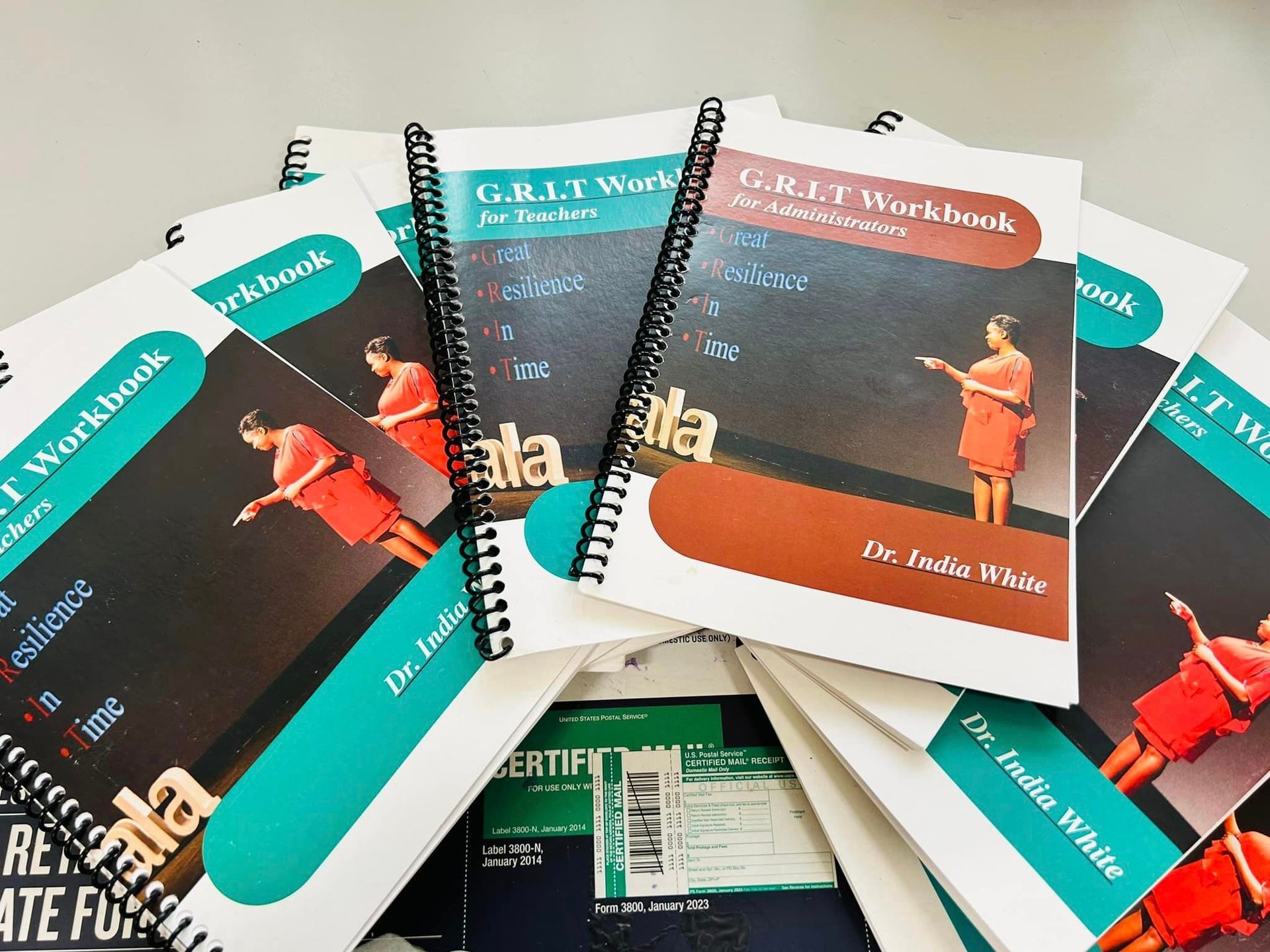
Slide title
Write your caption hereButton
Slide title
Write your caption hereButton
Slide title
Write your caption hereButton
Slide title
Write your caption hereButton

By India White
•
February 11, 2025
Join us on the Let's Get Gritty Podcast with Dr. India White. On this show, we will repeat a show from the Grit and Equity talks Podcast with Dr. India White, where we walk through the recently released NAEP data from the National Report Card and speak about moving the needle forward. Listen on Spotify: https://podcasters.spotify.com/pod/show/india-white3 #grit #equity #naep #drindiawhite #nctm #ncsm #bwxme #math #teachers #students
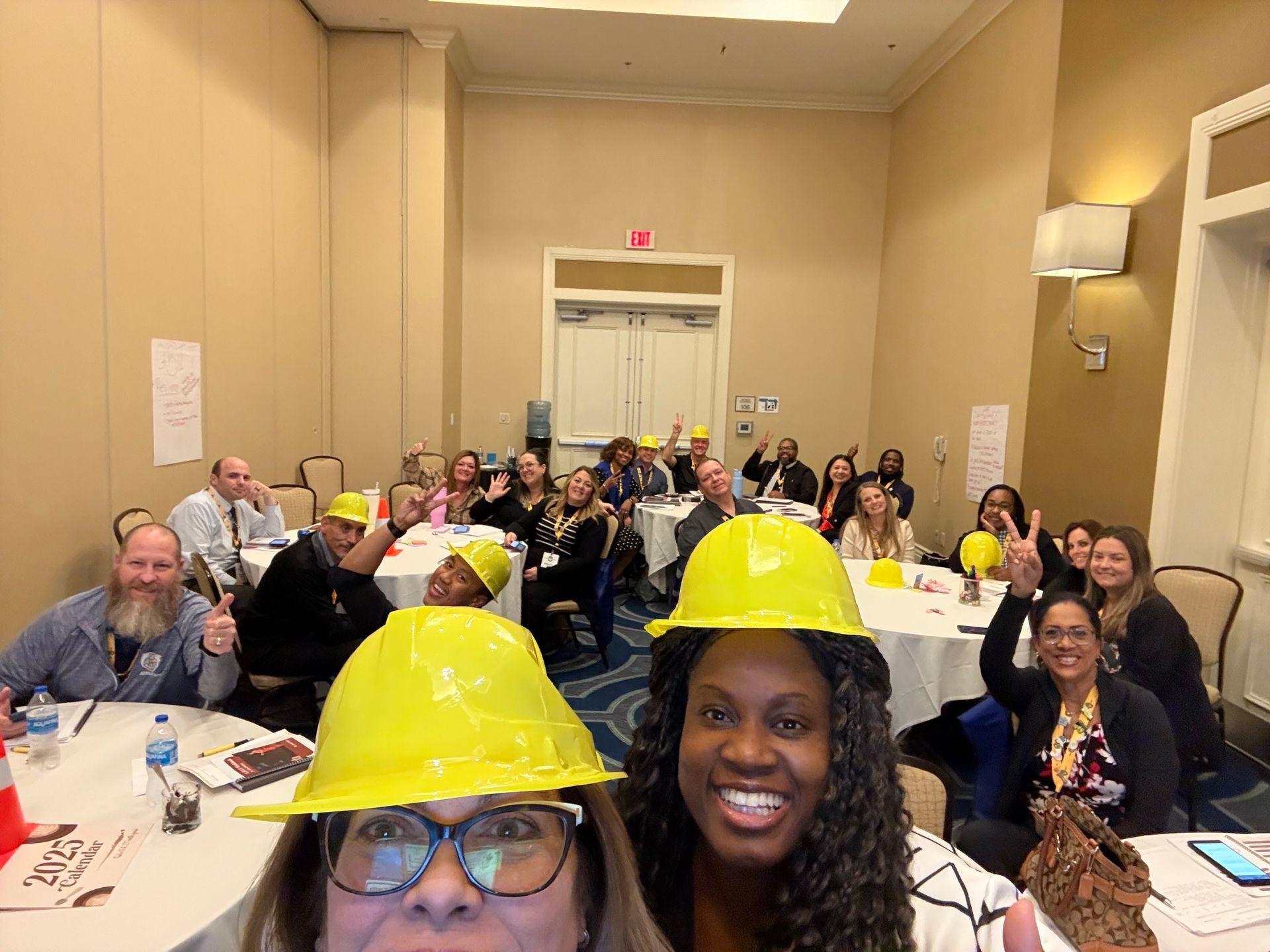
By India White
•
February 11, 2025
🌟 Just wrapped up an incredible G.R.I.T. Training session with the amazing leaders from Imagine Schools! 💪✨ We took a deep dive into the G.R.I.T. framework, and I can't wait to see the results unfold! 🚀🙌 #drindiawhite #grit #imagineschools #tedx #nctm #ncsm #bwxme 🎉 (I don’t own music copyright

By India White
•
February 6, 2025
Thankful for Partnership and Recognition: A Shoutout to Dr. Matthew Joseph and X-Factor EDU Network I am incredibly thankful to partner with Dr. Matthew Joseph and the amazing leadership of the X-Factor EDU Network! It is truly an honor to collaborate with such a visionary leader who is dedicated to amplifying voices in education and creating spaces for impactful conversations. This month, I was deeply grateful to be mentioned in Dr. Joseph’s newsletter during Black History Month. His recognition means so much, not just for me, but for the work we are all doing to inspire and empower educators and students alike. You can check out the newsletter here: https://www.linkedin.com/posts/drmxj_stongertogether-activity-7291502796753809408-0zX3?utm_source=share&utm_medium=member_desktop&rcm=ACoAAAmqD2wBkz8Qc7EA0bvwxWyMJH2HykCUA-Y But beyond the shoutout, I’m even more excited about the opportunities ahead—including the chance to have a podcast on Dr. Joseph’s platform! Partnering with X-Factor EDU Network opens doors to share insights, engage in meaningful discussions, and continue championing grit, resilience, and equity in education. Thank you, Dr. Matthew Joseph, for your support, encouragement, and belief in this mission. Looking forward to what’s to come! 🚀 #StrongerTogether #GRIT #XFactorEDU #BlackHistoryMonth #EducationalLeadership #Thankful

By India White
•
February 6, 2025
Fired Up for FDLA/FAMTE Keynote: Let’s Build Grit Together! I’m beyond excited to take the stage as the keynote speaker at the FDLA/FAMTE Conference tomorrow! 🎤🔥 We’ll be diving deep into the power of G.R.I.T.—Great Resilience in Time—and how it transforms both educators and students. This opportunity means so much, and I’m grateful to everyone who has supported this journey. Grit isn’t just a concept; it’s a movement. It’s about growth mindset, resilience, self-efficacy, and time management, and it’s what drives success in the classroom and beyond. Let’s empower educators and students across the nation to push past obstacles and embrace productive struggle. Who’s ready to get gritty? 💪🏾 #Grit #DrIndiaWhite #TEDx #FDLA #FAMTE #Education #GrowthMindset
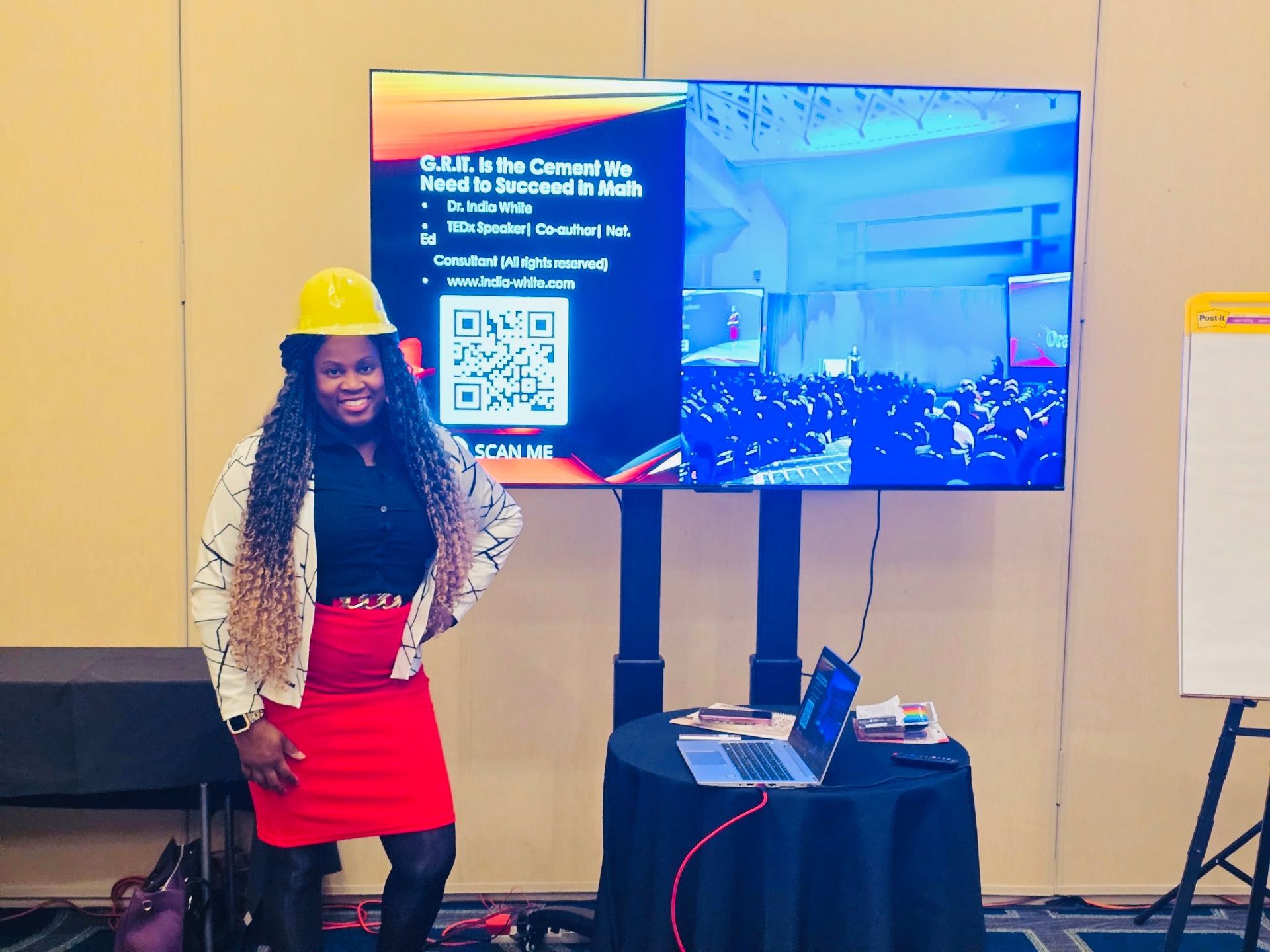
By India White
•
February 5, 2025
Had an Amazing Time at the Imagine Summit! I had a fantastic time speaking at the Imagine Summit on G.R.I.T.! 🙌🏽 We engaged in powerful breakout sessions, had meaningful discussions about NAEP data, and explored strategies to build **growth mindset, resilience, self-efficacy, and time management** in education. Thank you to everyone who participated and brought such great energy to the conversations! Let’s continue working together to bridge gaps and empower students through grit and perseverance. 💪🏽 #GRIT #ImagineSummit #Resilience #Education #GrowthMindset #EquityInEducation #drindiawhite
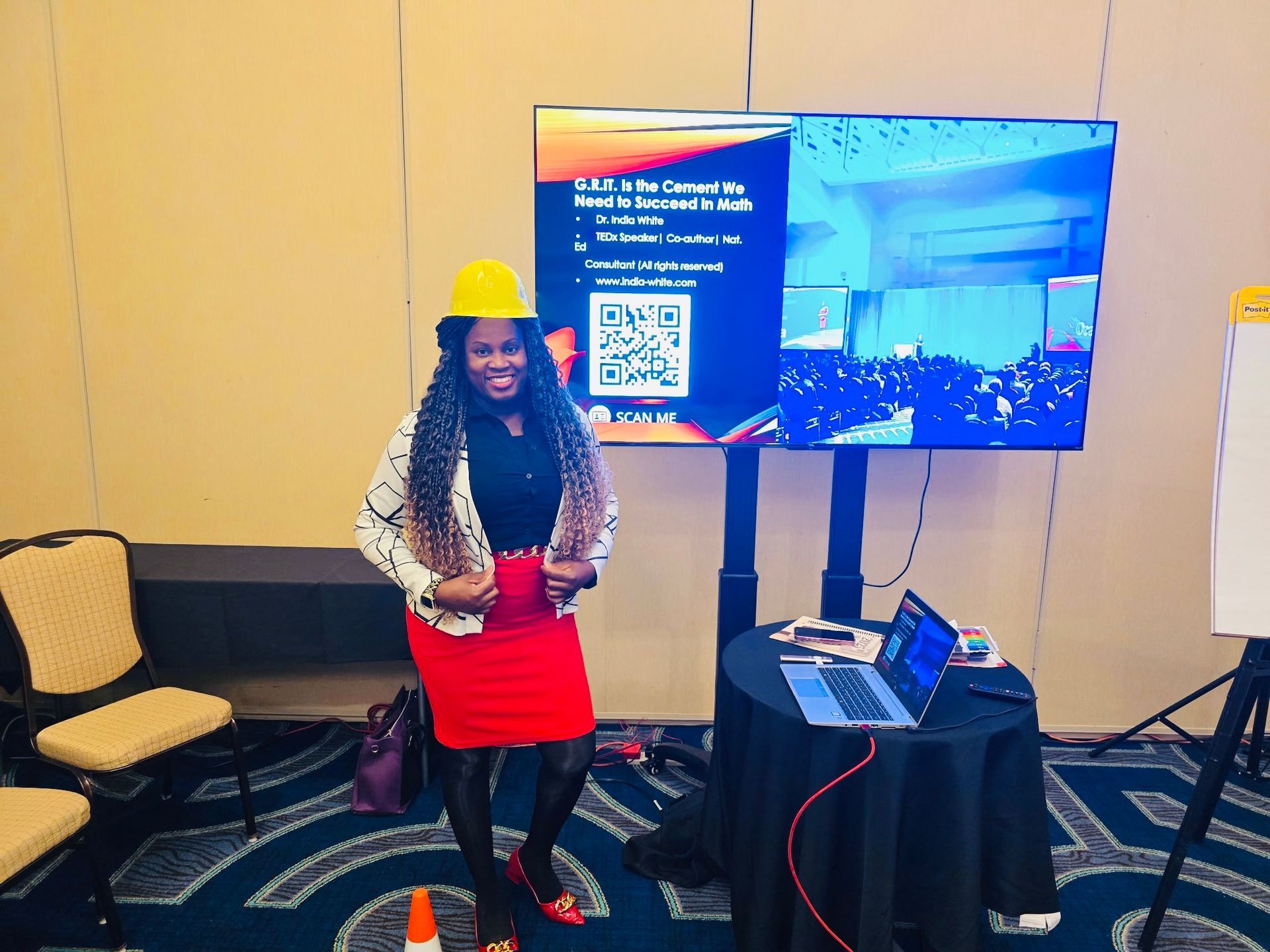
By India White
•
February 5, 2025
Building Grit in Teachers at the Imagine Leadership Summit I am beyond excited to be speaking at the Imagine Leadership Summit today, sharing insights on how we can build grit in teachers and empower them to foster resilience, self-efficacy, and growth in their students. 🌟 This summit is an incredible opportunity to collaborate with principals and education leaders who are committed to supporting and strengthening teachers. When we invest in teacher grit, we build stronger, more effective classrooms where students develop the perseverance to tackle challenges and achieve success. A huge thank you to the Imagine Summit leaders for this amazing opportunity! It’s an honor to be among such an outstanding lineup of speakers, including the incredible Kyle Pearce and Jon Orr. Join our sessions today and take GRIT with you—because when teachers grow in resilience, our students thrive! #GRIT #Teachers #Principals #DrIndiaWhite #NCTM #NCSM #ImagineSummit 😊

By India White
•
January 26, 2025
🌟 What an incredible time at the ICTM conference in Indiana! The lineup was amazing, and the energy was contagious! 🎉 Since I missed the snow back in Florida, I embraced it fully here and made my very first snow angel! ❄️ So grateful for the fun and gritty spirit of the ICTM rockstars! Huge thanks to Angela and every rockstar for this fantastic opportunity! 💙 #drindiawhite #grit #ictm25 #math #teachers #students #indiana #nctm #ncsm
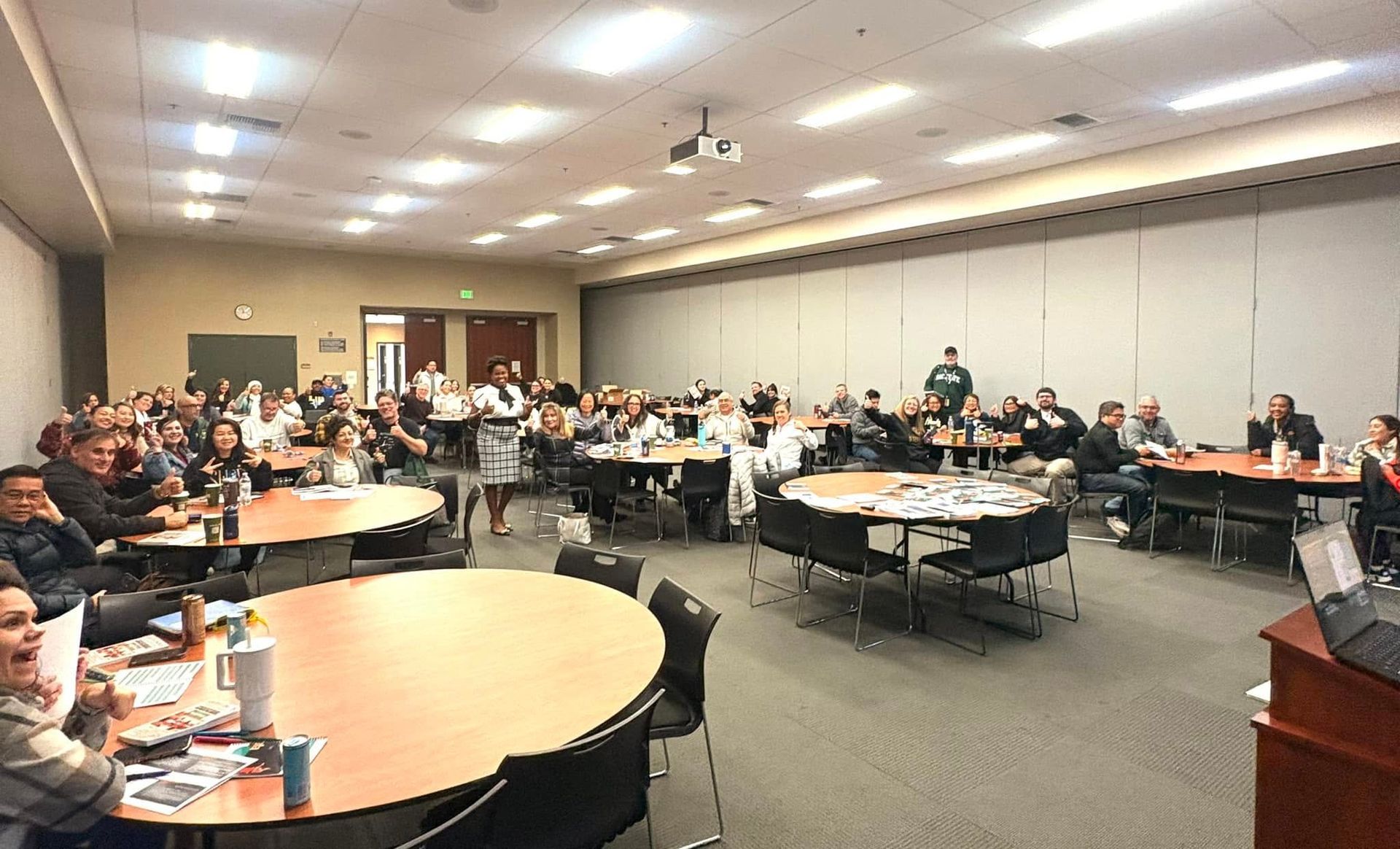
By India White
•
January 25, 2025
✨ Today’s Grit training at Stockton Unified was absolutely amazing! We had a fantastic time connecting with friends and meeting some incredible rockstars in California. 🌟 I can’t wait to see how gritty Stockton becomes! Huge thanks to Andrew and the tribe for the opportunity to train your amazing leaders. Let’s all take grit with us as we move forward! 💪 #Grit #Leadership #StocktonUnified #drindiawhite #tedx #nctm #ncsm #nabse
Contact Us
Thank you for contacting us.
We will get back to you as soon as possible.
We will get back to you as soon as possible.
Oops, there was an error sending your message.
Please try again later.
Please try again later.
© 2025
India White, All Rights Reserved. Powered By Automation Links
Terms of Us | Privacy Policy | About
